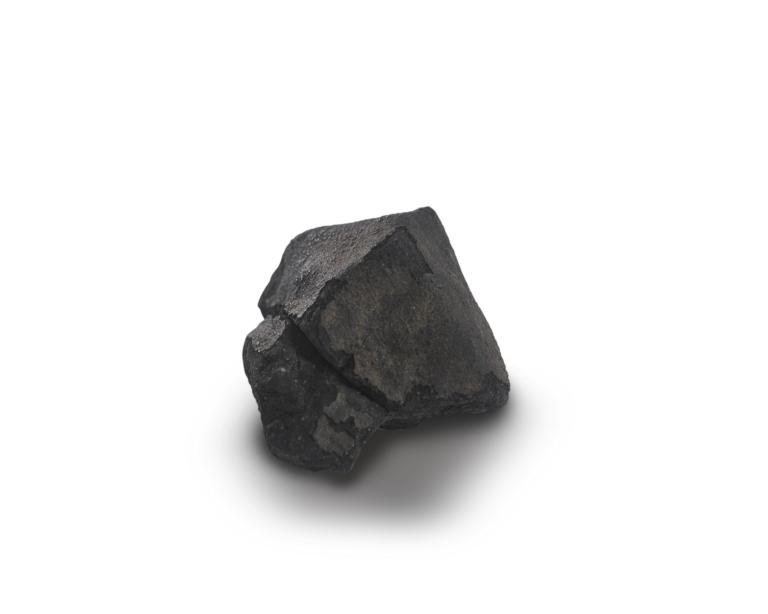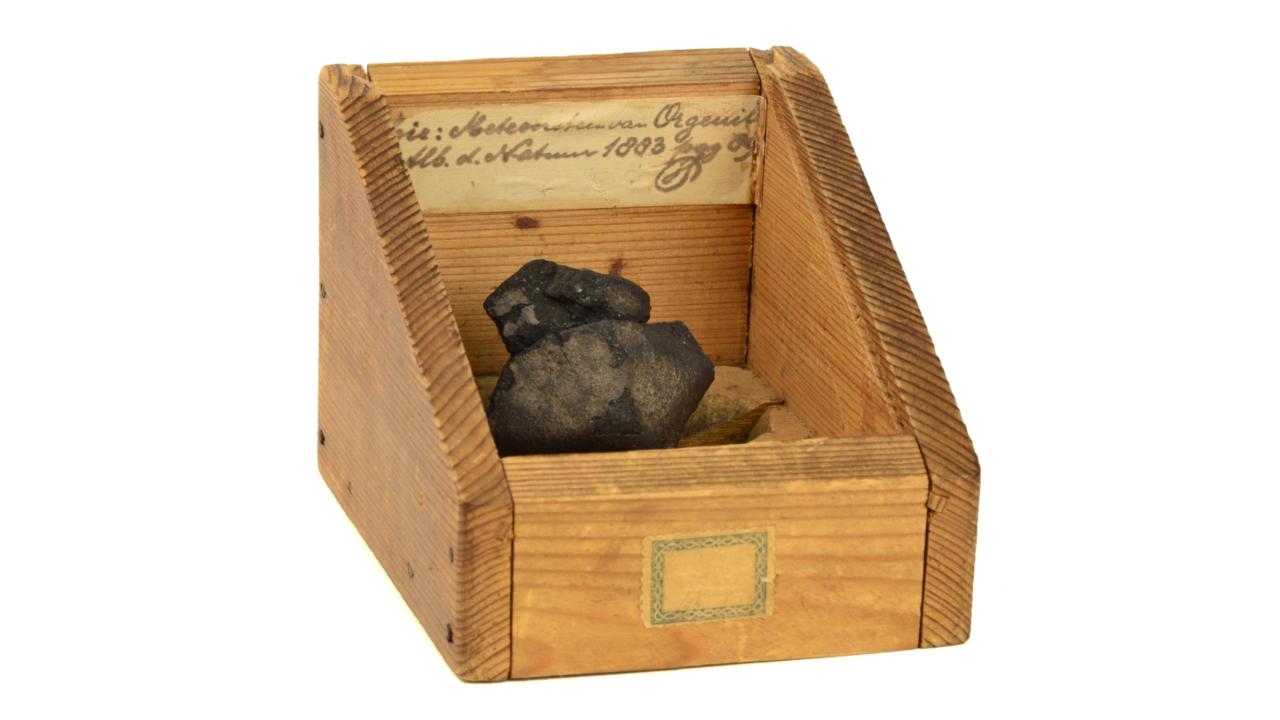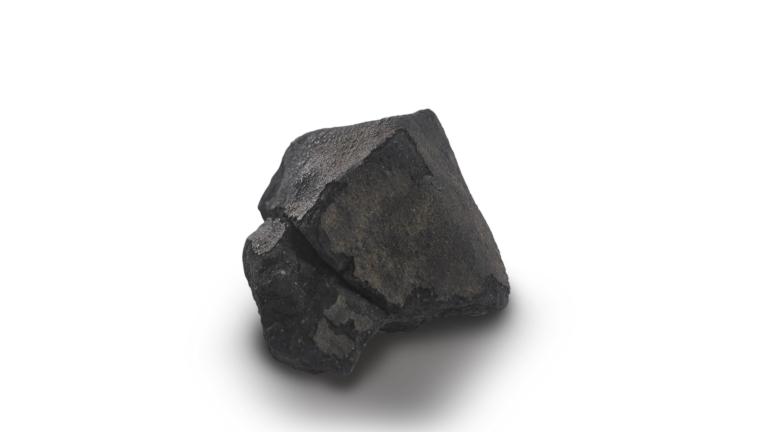
Japanese space probe brings comparison material back to earth at the end of 2020
The Diepenveen meteorite hit earth on October 27, 1873, but was only rediscovered for science in 2012 in a private collection. Now a team of 26 researchers from different international research institutes - with Marco Langbroek from Naturalis Biodiversity Center as the first author - publishes the results of thorough research into the "Diepenveen" in Meteoritics & Planetary Science. Striking: the stone is still surprisingly fresh after one and a half centuries of wanderings on earth and possibly shows similarities with the asteroid Ryugu on which the Japanese spacecraft Hayabusa 2 landed earlier this year. It will be exciting to compare the materials when Hayabusa 2 comes back to earth in 2020 with rock samples.
Multiple impacts
The meteorite belongs to the CM type of the carbon chondrites, a special group of meteorites with sometimes hundreds of types of organic molecules. The Diepenveen is a so-called "regolith", a loose, heterogeneous material of dust and debris that is created by strong impacts. However, this material differs considerably from other CM-type meteorites at a number of points:
- the oxygen isotopes (variations of the oxygen atom) are lighter than in other stones of this group;
- some parts of the stone are less converted by contact with water in the room than usual;
- the Diepenveen material has undergone several impacts, with the last dated major impact taking place some 1.5 billion years ago in the asteroid belt, which is quite young for our solar system;
- after the last impact, when the C / Cg-type mother body had already ended up in orbit closer to the earth under the influence of Jupiter disruptions, it has flown through space as a small object of about half a meter diameter for another 3 to 5 million years. That is much longer than usual for this type of meteorite.
The stony meteorite "Diepenveen" was rediscovered in 2012 in a private collection by a former director/curator of the Eise Eisinga Planetarium. At the end of 2013, the stone was donated by the then owner to the national collection, managed by Naturalis Biodiversity Center in Leiden. The currently published study also involved VU Amsterdam, KNMI and KNVWS in the Netherlands.


Composition
The researchers found many carbon compounds (organic molecules, such as amino acids) that also occur in some other meteorites, but they appeared to have different compositions and proportions. The ratio of two important amino acids in the stone, on the other hand, does not resemble those of other meteorites of the CM type, but rather that of meteorites of a completely different type (CI). The Diepenveen most closely resembles a CM meteorite that was found in Antarctica in 1979, Yamato 793321. This also indirectly confirms that the special properties originated from processes in space, because the Diepenveen and Y-793321 have experienced a completely different history during their fall on earth. The Diepenveen has properties of different meteorites from different groups and can therefore possibly serve as a "cosmic bridge builder" that connects meteorite species.
Diepenveen and asteroid Ryugu
The researchers put the properties of the Diepenveen on the trail of asteroids that may resemble the space rock from which Diepenveen once separated. They found one by looking at how sunlight is reflected by crushed surfaces. The reflection spectrum of the Diepenveen resembles that of the carbon-rich asteroid Ryugu, a space rock of about a kilometer across which the Japanese space probe Hayabusa 2 landed on February 21th, 2019. “Here on earth you can often understand rocks better by their context, but that is much more difficult with a stony meteorite from the solar system. Space missions can therefore offer a solution”, explains Naturalis researcher and co-author Sebastiaan de Vet. A part of the surface of Ryugu may therefore consist of material that is comparable to the Diepenveen meteorite. "Similarities between meteorites and asteroids are quite rare, so if Hayabusa 2 returns to earth with small rock samples in 2020, it is exciting to be able to compare the material with Diepenveen," adds Leo Kriegsman, who also participated in the study as Naturalis researcher. The Diepenveen may be able to give new directions about the building blocks and processes that have contributed to the creation of rock planets and perhaps even to life on our planet.